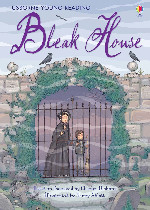
Bleak House is a novel by English author Charles Dickens, first published as a serial between March 1852 and September 1853. The novel has many characters and several sub-plots, and the story is told partly by the novel's heroine, Esther Summerson, and partly by an omniscient narrator. At the centre of Bleak House is a long-running legal case, Jarndyce and Jarndyce, which came about because someone wrote several conflicting wills. Dickens uses this case to satirise the English judicial system. Though the legal profession criticised Dickens' satire as exaggerated, this novel helped support a judicial reform movement, which culminated in the enactment of legal reform in the 1870s.
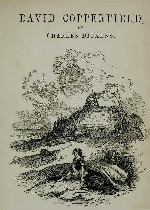
David Copperfield(大卫·科波菲尔) 立即阅读
David Copperfield is the eighth novel by Charles Dickens. The novel's full title is The Personal History, Adventures, Experience and Observation of David Copperfield the Younger of Blunderstone Rookery (Which He Never Meant to Publish on Any Account). It was first published as a serial in 1849–50, and as a book in 1850. The novel features the character David Copperfield, and is written in the first person, as a description of his life until middle age, with his own adventures and the numerous friends and enemies he meets along his way. It is his journey from being an impoverished, neglected child to a successful author.
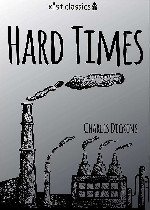
Hard Times is unusual in several ways. It is by far the shortest of Dickens' novels, barely a quarter of the length of those written immediately before and after it. Also, unlike all but one of his other novels, Hard Times has neither a preface nor illustrations. Moreover, it is his only novel not to have scenes set in London. Instead the story is set in the fictitious Victorian industrial Coketown, a generic Northern English mill-town, in some ways similar to Manchester, though smaller. Coketown may be partially based on 19th-century Preston.

Les trois hommes en Allemagne(三人同游) 立即阅读
Trois amis éprouvent le besoin de se distraire. Fâcheux résultat d'une déception. Couardise de George. Harris a des idées. Récit du vieux marin et du yachtman inexpérimenté. Un équipage plein de courage. Du danger de mettre à la voile par vent de terre. De l'impossibilité de naviguer par vent de mer. Les arguments d'Ethelbertha. L'humidité de la rivière. Harris propose un voyage à bicyclette. George craint le vent. Harris suggère la Forêt Noire. George craint les montées. Plan imaginé par Harris pour en triompher. Irruption de Mme Harris.
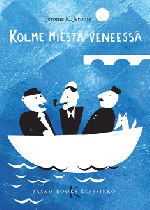
Kolme miestä veneessä(三怪客泛舟记) 立即阅读
Tämän kirjan suurin arvo ei ole sen taiteellisessa esitystavassa eikä laajoissa, hyödyllisissä tiedoissa, joita lukija siitä ammentaa, vaan sen todenperäisyydessä. Siinä kerrotaan asioita, jotka todella ovat tapahtuneet. Totta kyllä, että niitä on hieman väritetty, mutta tekijä ei ole ottanut lisäpalkkiota vaivoistaan. George Harris ja Montmorency eivät ole runollisia ihannekuvia, vaan lihasta ja verestä luotuja olentoja — semminkin George, joka painaa kaksitoista puntaa.
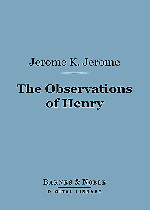
The Observations of Henry(亨利的观察) 立即阅读
The Observations of Henry is a delightful anthology of short stories. Some are witty. Some are downright humorous. Others have a touch of appealing pathos. And yet others just stir the imagination towards thinking of the more romantic side of life in 19th century Britain. The stories are cleverly linked as chapters from the reminiscences of a waiter who is analogous to the good old English butler. This is bedtime reading at its best.

Years ago, when I was very small, we lived in a great house in a long, straight, brown-coloured street, in the east end of London. It was a noisy, crowded street in the daytime; but a silent, lonesome street at night, when the gas-lights, few and far between, partook of the character of lighthouses rather than of illuminants, and the tramp, tramp of the policeman on his long beat seemed to be ever drawing nearer, or fading away, except for brief moments when the footsteps ceased, as he paused to rattle a door or window, or to flash his lantern into some dark passage leading down towards the river.
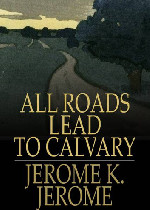
All Roads Lead to Calvary(难逃磨难) 立即阅读
All Roads Lead to Calvary is a 1919 novel by the British writer Jerome K. Jerome. It was one of the last works written by Jerome, better known for his Three Men in a Boat, and shows the influence of the First World War on him. It is a Bildungsroman in which a Cambridge University educated woman Joan Allway becomes a journalist and then a wartime ambulance driver. She encounters various different people, gaining new experiences and confronting many of the moral issues of the day.
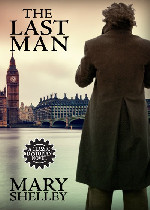
The Last Man is a post-apocalyptic science fiction novel by Mary Shelley, which was first published in 1826. The book tells of a future world that has been ravaged by a plague. The novel was harshly reviewed at the time, and, except for a 1924 silent film based on it, was virtually unknown - having been eclipsed by Shelley's more popular works - until a scholarly revival in the 1960s. It is notable in part for its semi-biographical portraits of Romantic figures in Shelley's circle, particularly Shelley's late husband Percy Bysshe Shelley and Lord Byron.